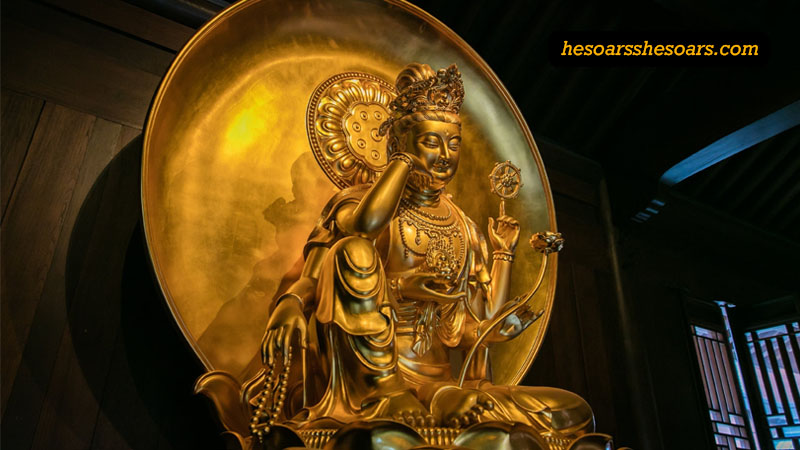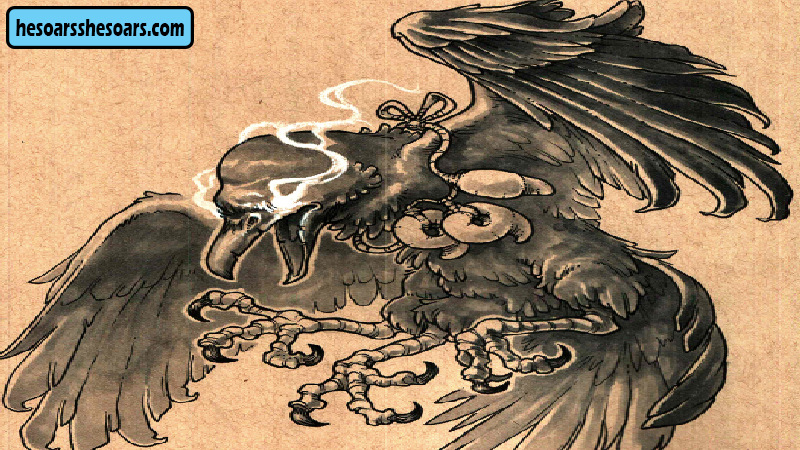Japanese mythology. Is a world. Filled with gods. Spirits, and mystical tales that convey the cultural and spiritual values of the Japanese people. Among the pantheon of deities in Japanese folklore, one figure stands out for her universal appeal—Kannon God. Also known as Kuan Yin in Chinese culture. Kannon embodies the essence of compassion, mercy, and benevolence in the realm of Buddhism. We shall investigate the life in this article. Features and the Kannon God’s impact on Japanese culture.
The Origin of Kannon God
Kannon first emerged within the teachings of Mahayana Buddhism, emphasizing the liberation of all sentient beings from suffering. Initially known. As Avalokiteshvara. Kannon was. Introduced to Japan through Buddhist scriptures and gradually assimilated into Japanese culture. Kannon’s essence revolves around the idea of hearing the cries of suffering beings and vowing to aid them on their path to enlightenment.
The Many Forms of Kannon
One of the most striking features of Kannon is her ability to manifest in various forms that reflect the needs and suffering of humanity. Kannon is often. Depicted as having a thousand hands and a thousand eyes, symbolizing her omnipotence and omnipresence. Each hand represents her capability to reach out to countless beings and her thousand eyes to see their suffering. Additionally, Kannon is portrayed in a gentle human form, often holding a lotus flower as a symbol of purity and compassion.
Kannon’s Role in Japanese Culture
Kannon holds a revered position in Japanese culture and spirituality. She is regarded as a guardian and savior, capable of providing solace and aid during times of hardship. Many Buddhist temples in Japan house statues or images of Kannon, which serve as focal points for pilgrims and seekers of spiritual guidance.
Kannon also plays a vital role in Japanese society by promoting messages of tolerance, hospitality, and mercy. She is often associated with the values of peace and compassion. During various conflicts and wars throughout Japan’s history, Kannon has symbolized hope for an end to human suffering and the arrival of peace.
Sanjusangendo Temple
One of the most renowned places to honor Kannon in Japan is the Sanjusangendo Temple in Kyoto. This temple is famous for housing 1000 statues of Kannon, arranged in a single row, with the main statue known as Sahasrabhuja-arya-avalokiteśvara, which translates to “Bodhisattva Avalokiteshvara with a Numerous hands and numerous eyes. The temple is an important location for contemplation of mercy and compassion as well as meditation.
Global Influence Kannon God
Kannon’s influence extends beyond Japan’s borders and has left a mark in various Asian cultures, including China, Vietnam, and Korea. In Chinese culture, Kannon is known as Kuan Yin and is often depicted as a goddess holding a lotus flower, symbolizing purity and wisdom.
Conclusion Kannon God
Kannon stands as one of the most revered and beloved figures in Japanese mythology. Embodying the virtues of compassion, mercy, and love. She serves as a beacon of hope and solace for those in need, and her influence extends not only throughout Japan but also across the world. With her ability to manifest in countless forms, Kannon remains a symbol of hope, peace, and universal benevolence, uniting people in their shared aspiration for a more compassionate world.Top of Form




